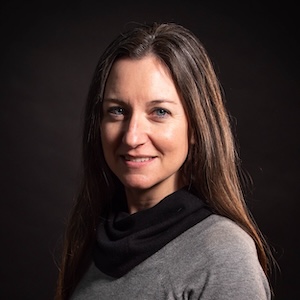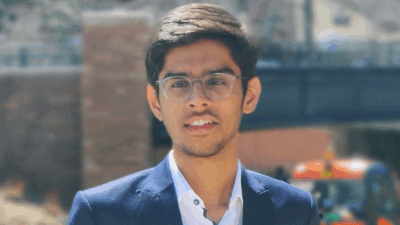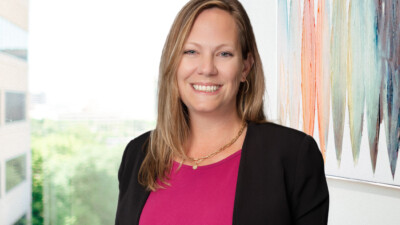Nikki Maginn started as a nuclear engineer and today teaches emotional intelligence to help engineers lead impactful careers.
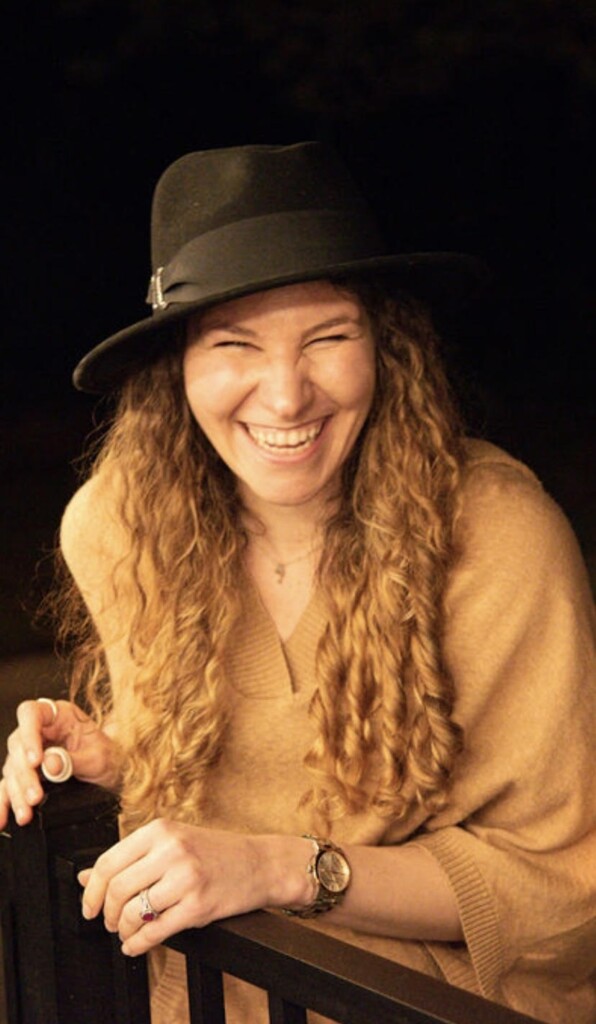
Nikki Maginn took a winding journey to become the engineer and leader she is today. She grew up wanting to be a teacher, yet her father trained her to become a pilot. At age 16, she could legally fly a plane before she could drive a car. Although she appreciated the experience and challenge, she yearned for a career where she could interact with people, and being a pilot was not going to do the trick.
“My parents had this mantra. They said, if you want to be happy for a day, take a nap. If you want to be happy for a week, take a vacation. But if you want to be happy for life, live in service,” said Maginn.
These wise words had Maginn rethink her life path, and she turned toward engineering because of her inspiring grandmother, who designed aircraft carriers during World War II.
“She was a Rosie the Riveter. Her name was Mary Saridan. At the time, women didn’t go into engineering, and she put herself through school. She was the first person I ever knew who was an engineer, and she was also the happiest person I had ever experienced in my life,” said Maginn. “I told myself, that’s what Grammy is, so that’s what I’m gonna be.”
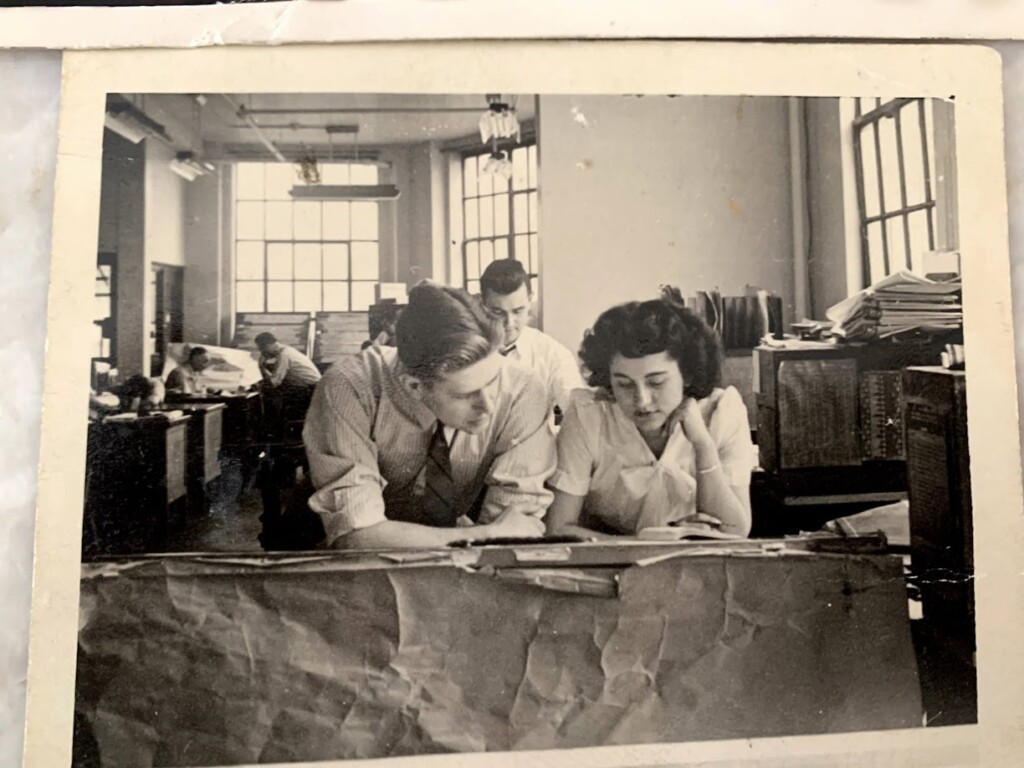
Still, Maginn struggled with the notion of engineering during high school, mostly because she felt she was bad at math — that is, until she took her first physics course. Learning physics breathed life into math, and suddenly, she understood how to apply math, physics, other sciences, and critical thinking skills to solve problems like puzzles. However, it was Dan Brown’s “Angels and Demons” novel that gave her the final nudge she needed.
“In this book, he was talking about antimatter, where you smash atoms together, and they break into their subatomic parts. So you have a positron and an electron, and the positron is the antimatter of an electron,” said Maginn. “I was obsessed with this ‘science fiction idea’ that annihilation creating enough pure clean energy to power New York City for three days. And I’m sitting there in class thinking, ‘This is fake, but how cool would it be if it were real? And how cool would I be if I were just like my Grammy and got to be the first woman to do something?’ My first thing was going to be creating energy equity across the world — getting rid of all energy poverty, giving access to clean, free energy to everyone. So, I said, ‘This is it. This is what I should do with my life.’”
With the guidance of high school teachers and counselors, she enrolled in the University of Tennessee as an electrical engineering student. Yet, during her fundamentals courses, her college classmates and professors quickly steered her toward nuclear engineering, based on her interest in creating clean energy.
Unfortunately, she graduated from engineering school two years after the Fukushima nuclear power plant disaster, and no one was hiring nuclear engineers. After 199 rejection letters, Maginn rebranded herself as a glorified mechanical engineer, as she puts it, and found a position in material handling and logistics. She quickly proved herself and assumed management responsibilities, devising solutions for her team and customers. In her first three months, she transitioned from managing one to 30 projects, ranging from $1 to $5 million and totaling approximately $30 million.
“One of the biggest challenges I faced was helping non-technical people understand why we had to do something a very specific way, or why we were designing something in a certain way. I really had to develop this skill,” said Maginn. “I think of it like a translator. Management is telling me I need to do something faster or be more efficient. Well, I need them to understand that there are specific steps that have to get done for me to give something that’s of quality, meets our safety standards, and makes sure it’s actually meeting the customer requirements.”
Maginn learned that humility goes a long way in challenging conversations, and she first needed to understand where each person was coming from before diving into an explanation.
“I think of everything as inputs and outputs, and I want the output to be that everyone walks away with exactly what they need to be successful. We all understand the requirements, we all understand the ultimate design we’re trying to achieve. But what has to be inputted to make sure I can get that?” she said. “Coming in hot is not a good input. That is not going to get me an equitable, harmonious outcome for everybody, nor is trying to demean someone, or answering a question so that it makes me look good, but not actually solve the problem. I’m asking questions to understand and lead a horse to water instead of showing you how smart I am and how much I know.”
Maginn worked diligently to learn how to ask questions and communicate effectively to facilitate problem-solving. She became so skilled and so aware of the positive effects her efforts had on her career that she wanted to teach others how to do the same.
Today, Maginn teaches emotional intelligence to engineers through her company, Inside Out Engineering. She believes that graduating engineers are unprepared to participate effectively in difficult conversations and experiences because they have been trained in a bubble.
“Most academic work is focused on creating ideal conditions. You do your homework, you take these tests, and you’re told to ignore friction or ignore wind resistance — assume ideal conditions. But that’s not what happens in the real world,” she said. “So, you train engineers to operate in ideal conditions, and then you throw them into the corporate world, and they have to figure it out. All of a sudden, there are unknown variables you just weren’t prepared for, and you’re also typically the only technical person on the team, so you have to find a way to make sure people understand.”
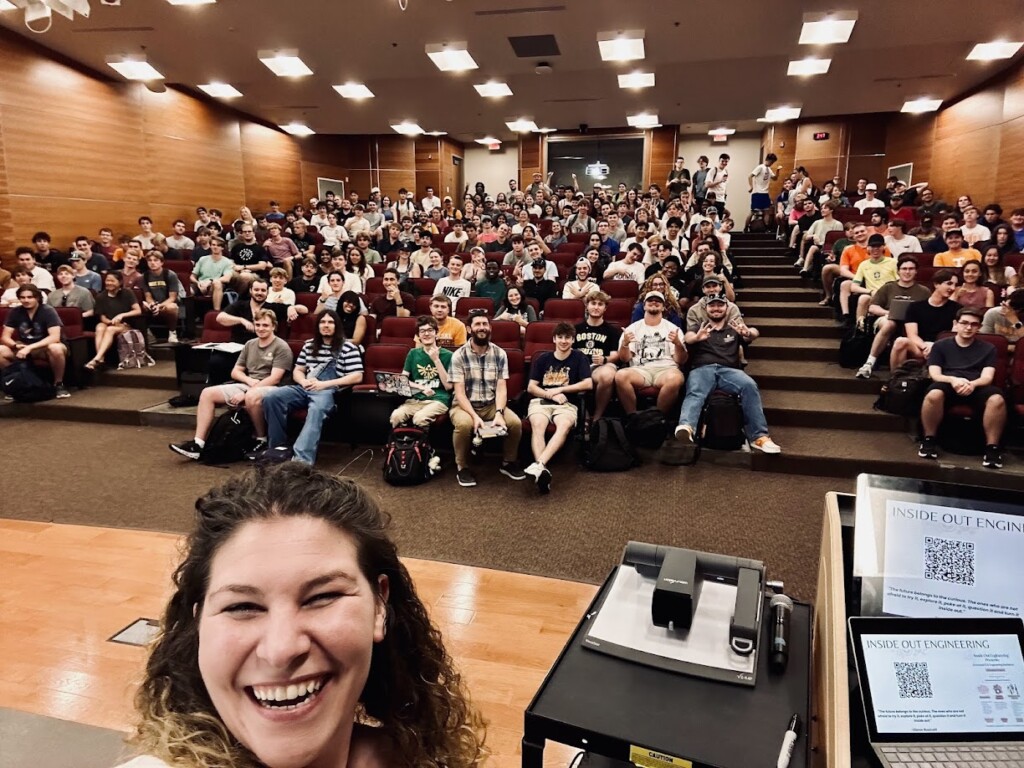
Maginn also believes that because engineering students are evaluated as individuals, they are unprepared for the realities of relationships and collaborations necessary to function and be successful on real-world, problem-solving teams.
“In the corporate world, you have to work as a team. You are not the end-all, be-all authority. You have to work with different ideas,” she said. “If you’re bringing your ego to the table, if you’re feeling threatened, you need to recognize: There’s an executive who’s coming at me because they’ve got a very stressful thing going on in their life. They’ve got different pressures than I do, and they’re kind of attacking me in this meeting and blaming the design. But it’s not the design, there’s something going on with that person, and I have to know the difference between how I’m feeling and how they’re feeling. That’s a projection, that’s not something that I need to internalize as ‘I did something wrong.’ I need to be able to take constructive criticism.”
Taking criticism, participating in difficult meetings, and communicating with non-engineers are not usually included in a college curriculum. So, through her own struggles, Maginn saw an opportunity to help brilliant engineers in the real world develop themselves so they can be most effective and happy in their careers.
Today, Maginn teaches engineers how to rewire their thinking, recognize themselves and others as human beings with emotions, and solve problems from different perspectives. Her work is helping engineers at every career level up their game and be more impactful in work and life.
Learn more about Nikki Maginn’s work and get in touch with her by visiting insideoutengineering.com.
